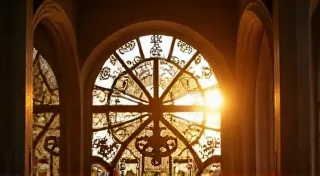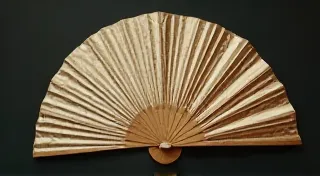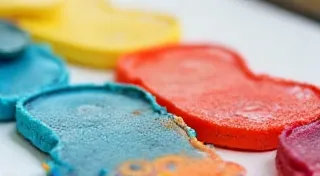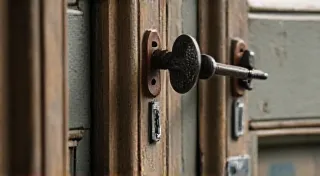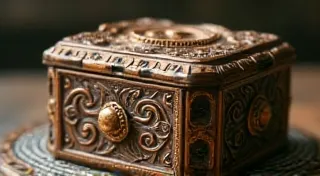The Echo of Buttons: Tracing a History Through Fasteners
There’s a quiet magic in handling antique buttons. More than just closures, they are tiny, tangible artifacts, whispering tales of bygone eras. Holding one, feeling its weight and texture, it’s easy to imagine the hands that stitched it onto a garment, the occasions it adorned, and the lives it touched. As someone who spends hours cataloging and preserving vintage sewing patterns here at the Vintage Sewing Pattern Archive, I’m increasingly fascinated by the unassuming button – a vital, often overlooked, element of historical fashion. They offer a surprisingly deep window into changing aesthetics, technological advancements, and even social shifts.
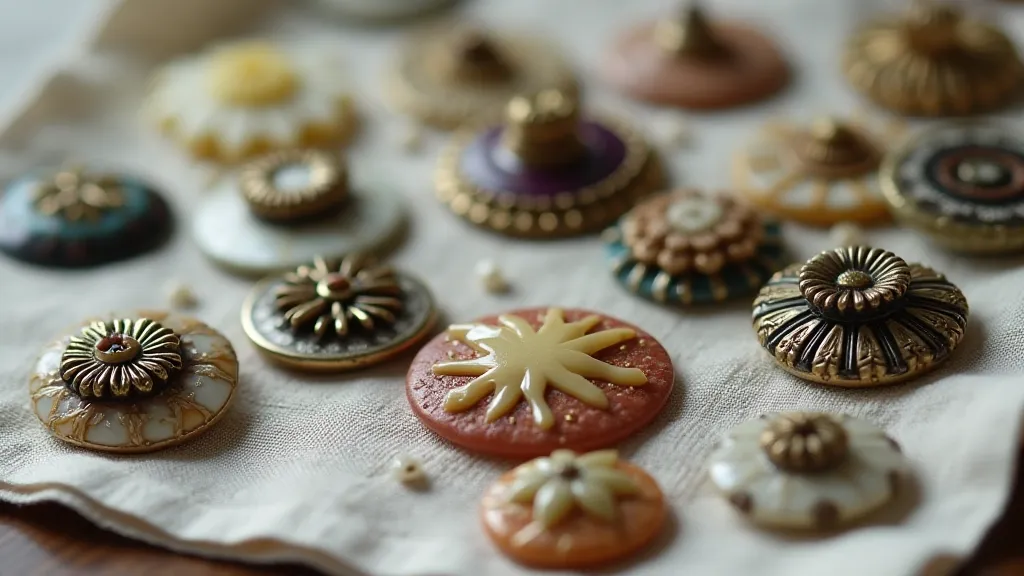
Early Fastenings: Before the Button
Before the button as we know it existed, garments were secured with a variety of ingenious methods. Think pins, brooches, ties, laces, and even intricately woven closures. The earliest iterations of what we've come to call buttons appeared in ancient civilizations. The Romans used clasps and toggles made of bronze and precious metals. Chinese dynasties saw the emergence of decorative toggles crafted from jade and bone. These weren’t purely functional; they were symbols of status and artistry. The journey to the modern button wasn’t a sudden leap, but a gradual evolution fueled by available materials and evolving fashion trends.
The Button’s Debut in Europe: 13th – 16th Centuries
The button as we recognize it began to take shape in Europe during the 13th century. Initially, they were largely ornamental, more akin to decorative medallions than practical closures. Early European buttons were often made from materials like horn, wood, leather, and bone – materials readily accessible. The rise of the Renaissance in the 14th and 15th centuries saw an increase in button use, particularly amongst the wealthy. These early Renaissance buttons were often intricately carved and embellished, reflecting the lavishness of the era. The increased popularity also spurred innovation; buttonholes started to appear, though they were often quite large and crudely sewn.
Materials of the Times: Shell, Metal, and the Rise of Horn
The materials used to create buttons reflect the economic and technological realities of each period. Shells, particularly those with interesting patterns and iridescence, were a popular choice in earlier centuries. As metalworking skills advanced, brass, steel, and later, silver and gold were increasingly utilized, especially for higher-end garments. Horn became incredibly significant – readily available and relatively easy to work with, horn buttons were a mainstay for centuries, appearing on everything from everyday wear to formal attire. The subtle variations in horn color and grain added a unique character to each button, a testament to the natural beauty of the material.
The Industrial Revolution and the Button Boom
The Industrial Revolution brought profound changes to button production. The invention of machinery for cutting, shaping, and pressing metal revolutionized the process, making buttons more affordable and accessible to the masses. The rise of plastics in the 20th century broadened the possibilities even further. Suddenly, buttons could be produced in a virtually limitless array of colors, shapes, and designs, leading to a veritable explosion of button styles. This era also saw the rise of novelty buttons – animal shapes, cartoon characters, and other whimsical designs that reflected the playful spirit of the time.
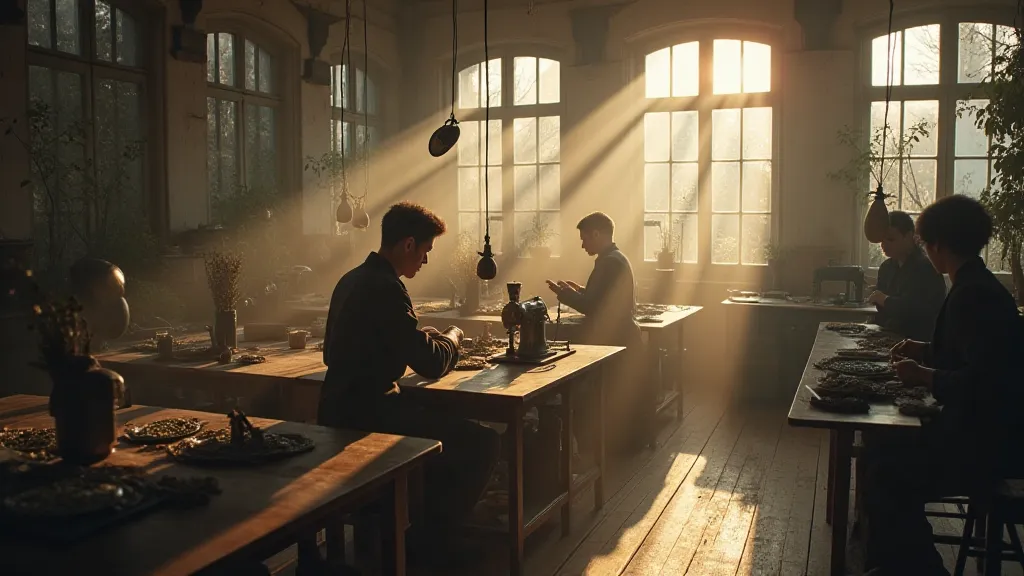
Beyond Function: Buttons as Symbols of Status and Style
Buttons weren't just about fastening; they were powerful symbols. The material, size, and ornamentation of a button could instantly convey a person’s social standing. Finely crafted gold or silver buttons adorned the coats of royalty and the aristocracy, while simpler horn or bone buttons were more common on the clothing of the working class. The shape and design of buttons also evolved with changing fashion trends. Large, ornate buttons were popular in the 18th century, while smaller, more understated buttons became fashionable in the Victorian era. Even the placement of buttons on a garment could be a deliberate design choice, influencing the silhouette and overall aesthetic. Imagine the careful planning required to get the button placement just so, knowing it would impact the look and feel of the whole outfit!
The 20th Century: Plastic, Novelty, and a Legacy of Variety
The 20th century witnessed an unprecedented diversification of button styles. The advent of plastic allowed for mass production of inexpensive buttons in a kaleidoscope of colors and designs. Novelty buttons—shaped like animals, flowers, or cartoon characters—became popular, particularly for children's clothing. The Art Deco era saw the emergence of geometric and stylized button designs, while the post-war period embraced bright colors and playful patterns. This era truly showcased the creative possibilities opened up by new materials and manufacturing techniques.
Restoration and Collecting: Preserving a Tangible History
For those of us passionate about vintage fashion, antique buttons represent more than just closures; they are tangible links to the past. When restoring a vintage garment, preserving the original buttons is paramount. Sometimes, they need cleaning - gently removing grime and dirt, being careful not to damage the delicate materials. Occasionally, a button might be missing, requiring a careful search for a suitable replacement. The key is to find a button that is not only functional but also historically appropriate, maintaining the integrity of the original design. Collecting antique buttons can be a fascinating hobby, allowing one to build a personal archive of miniature works of art, each with its own unique story to tell. Each button offers a moment of connection, a whisper from the past.
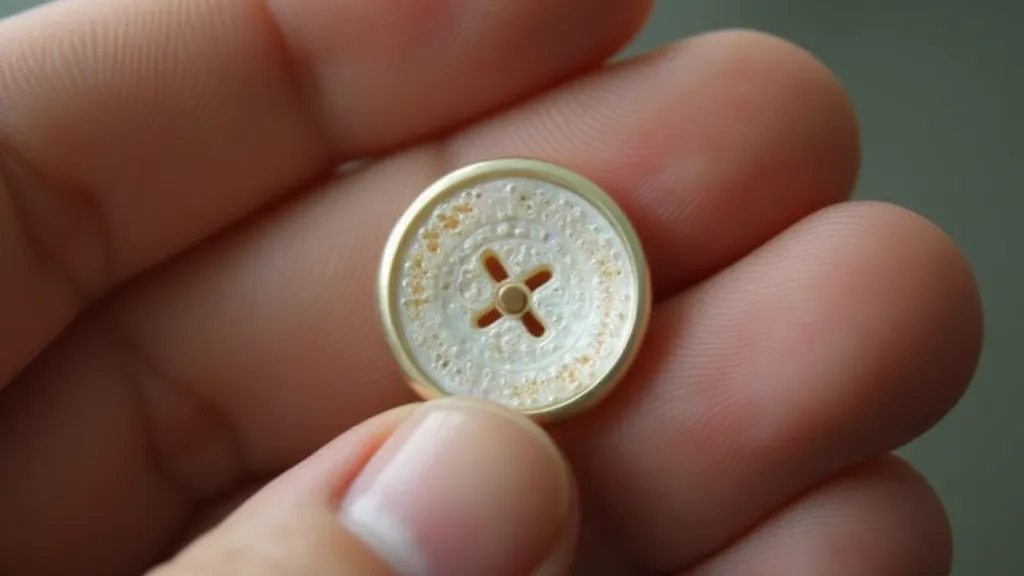
At the Vintage Sewing Pattern Archive, we strive to not only preserve the patterns themselves, but also to appreciate the details that brought those garments to life. The humble button, often overlooked, plays a vital role in that story – a tiny emblem of craftsmanship, style, and history. Handling them, understanding their evolution, truly enriches our appreciation for the artistry of past generations.
